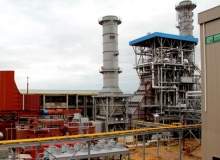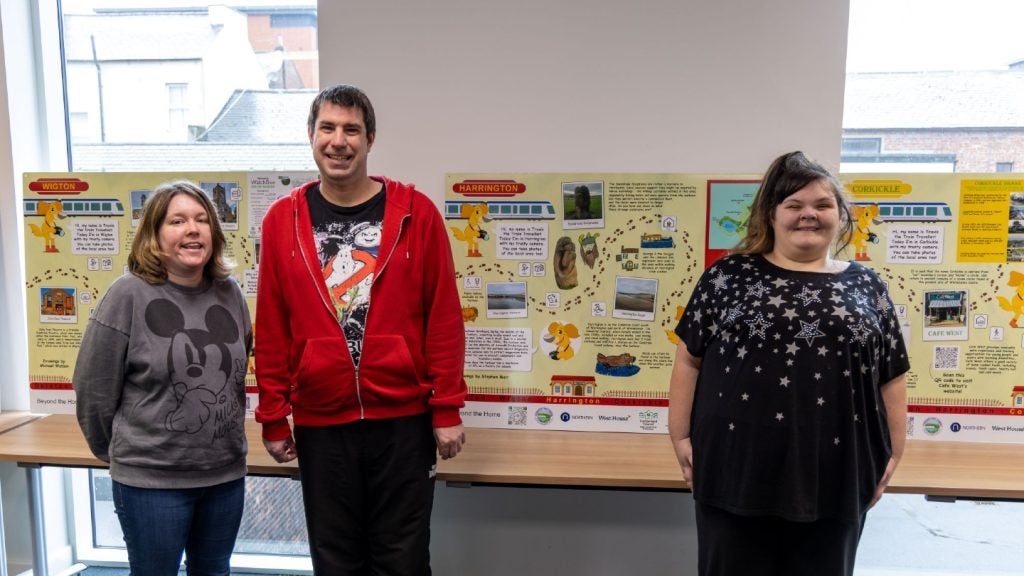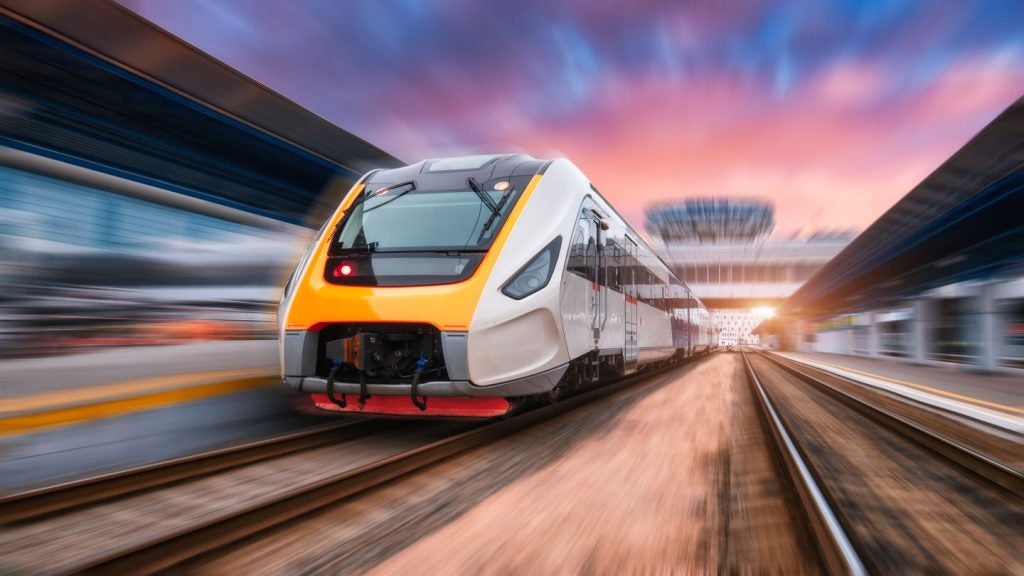
According to the International Union or Railways (UIC) the number of rail passengers increased by 3.5% worldwide in 2010. This, along with the increase in high-speed rail (HSR), have impacted the way we will need stations to function and operate in the future.
At the Next Station event earlier in 2011 in Brussels, industry professionals, station managers, service providers, project developers and research agencies joined to discuss what elements should play a key role in railway stations of the future.
Michel Leboeuf, UIC High Speed Plenary Committee Chairman, SNCF, presented UIC research which analysed 12 stations in countries operating HSR, to show that high speed trains bring two major changes: the perception of time from the passenger and rail traffic volume. He used the new Culture Station Seoul 284, formerly Seoul Station, as an example to show how stations will have to develop in future to accommodate new traffic growth and passenger expectations.
Future stations should be sustainable, accessible, intermodal and incorporate e-solutions, said Carlos Ventura, Director of Passenger Stations at ADIF, the state-owned company responsible for the management of Spain’s railway system.
Liege-Guillemins, Belgium
Railway stations will need to adapt to the increasing numbers and expectations of passengers, but development will be at different levels and speeds and incorporate changes over time. However, some, such as the new Liege-Guillemins TGV Railway Station in Belgium, designed by starchitect Santiago Calatrava, will be completely replaced.
See Also:
Calatrava was commissioned to design this station after Euro Liege TGV decided the original station was unsuitable for the demands of high speed travel. He has managed to carry out the construction without interrupting train services or disturbing the 36,000 passengers who use the station each day.
How well do you really know your competitors?
Access the most comprehensive Company Profiles on the market, powered by GlobalData. Save hours of research. Gain competitive edge.

Thank you!
Your download email will arrive shortly
Not ready to buy yet? Download a free sample
We are confident about the unique quality of our Company Profiles. However, we want you to make the most beneficial decision for your business, so we offer a free sample that you can download by submitting the below form
By GlobalData"It was my goal to create a 21st century transportation facility that would not only unite Liege with the rest of Europe, but would also serve as a symbol of the city’s renewal," said Santiago Calatrava, designer of the Liege-Guillemins TGV Railway Station.
"The project, as a whole, creates a new gateway into Liege and re-establishes a relationship with the city."
The vaulted roof and flowing structure was a result of the architect’s desire for a building without facades and one which embraces the theme of movement to facilitate voluminous passenger flow. Pedestrian bridges and walkways under the tracks provide links to the two sides of the station.
"Calatrava has created a new architecture for rail travel, one that is all about speed, service – and sensation," wrote Jonathan Glancey, The Guardian’s architecture and design correspondent.
Google Wallet
Low cost adjustments to infrastructure that take advantage of smartphone and NFC technology to speed up ticketing and payment is possible in every railway station.
Recent statistics from Canalys shows Samsung as the overall smartphone leader so far in 2011, but with HTC leading the market in Q3 and pushing Apple into third place. HTC now has a strong rage of 4G Android products and offers some of the most compelling and differentiated products found on the platform today, say Palo Alto-based Canalys Vice President and Principal Analyst, Chris Jones. The strong consumer interest in Android-compatible products is good news for Google Wallet, Google’s contactless payment system.
In October 2011, NJ Transit announced its partnership with Google Wallet. Now those wishing to use New York Penn Station can purchase travel tickets using Google Wallet at ticket vending machines and windows.
The ‘tap and pay’ transactions can be made quickly through the use of near field communication (NFC), which allows wireless data transmission between the device and the ticket windows. Google Wallet is currently just available on the Sprint Nexus S 4G phone – which was co-developed by Google and Samsung and manufactured by Samsung Electronics – but more Android devices will be supported in the future. The public-private partnership with Google was developed at no cost to NJ Transport.
Touch&Travel
Germany is leading the way in Europe through its early involvement with NFC through Touch&Travel, a mobile ticketing scheme.
The system was piloted in Berlin’s Hauptbahnhof (Central Station) and Potsdam, which were the first stations to adopt touchpoints, which also operates with low infrastructure costs.
The contactless interface technology has a transfer rate of 424kbit/s at a frequency of 13.56MHz and has a range of up to 10cm. Passengers check in and check out via their phone and receive a billing statement at the end of the month showing the journeys and total cost.
Post-pilot analysis showed 82% of customers agreed on the ease of use with total satisfaction coming in at 75%. As a result all 320 long distance stations in Germany have had Touch&Travel touchpoints since 1 November 2011 confirmed a Deutsche Bahn spokesperson. The successful take up of the system and the change in infrastructure will drive the deployment of NFC-enabled smartphones in Germany.
Digital wayfinding
Even if station concourses are wide and conducive to passenger flow, and ticketing and payment is quick and easy, passengers still need to know where they are going – and fast.
"The public space is a digital desert," said Jérôme Hérard, COO of the French media agency L’île des Médias in an interview with Ooh TV. The agency has developed an interactive signage software solution called ViaDirect and have worked with Apia Group on the touch screens to produce devices designed to improve the passenger wayfinding process. Back in April 2011 the company announced that La Défense on the French metro system had chosen the company’s interactive directory solution. The wayfinding systems can guide passengers through metro and bus lines on site as well as through shops and services.
Approximately 185 devices have now been installed in different locations in Europe, including the Georges Pompidou Hospital, Leroy Merlin Stores, and four interactive kiosks were selected in November 2011 by the G20 organisation to show the various floors of the Palais des Festivals in Cannes.
The World Trade Transportation Hub
Perhaps one of the most anticipated new railway station constructions is the US$3.4 billion transit hub, again designed by Calatrava, at the World Trade Center site in New York.
It is anticipated to be all the elements that Ventura believes future stations should be and will serve passengers – through a network of integrated connections from the upper and lower concourses – who are commuting between downtown Manhatten and New Jersey as well as those using the city’s subway system.
Pedestrians will also be able to access various other parts of the site, such as the five WTC office towers, the Memorial and Museum, Hudson River ferry terminals, the World Financial Center and the proposed JFK rail link.
The design of the building itself features ‘steel ribs’ with glass panels to optimise the use of natural light and the platform levels will be relatively free of columns for a greater sense of openness and movement.
"The building is built with steel, glass, and light," Calatrava said. "The light will arrive at the platform, and visitors will feel like they are arriving in a great place, a welcoming place."
The hub anticipates serving around 250,000 passengers each day, which is in line with projected passenger numbers to 2025, and is due to open in 2014.





